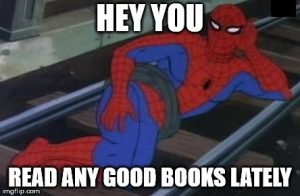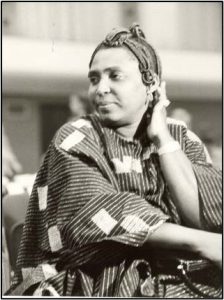What is in a picture? Clearly, this seems like a straightforward answer. When you look at the picture it is apparent what is captured, but is it really?
Pictures capture the lived experience, something that the written record cannot grasp. Images show the lived life, it gives a new layer of historical research. While photographs certainly can cover the basics of people, events, and places, they also add a visual layer. The modern researcher can see these things as they were without the added bias that our modern minds would impose on them in our minds eye. They show instead a moment in history, a glimpse of what has happened. These visual records become powerful tools to evoke more than just statistics but emotion and ideas about how life was. Over time through many photographs a researcher can see change as it happened.
In August of 2020, The Mary and Jeff Bell Library, Special Collections and Archives was awarded funds to process and describe the Charles F.H. von Blucher Family papers through a grant made possible by the U.S. Institute of Museum and Library Services to the Texas State Library and Archives Commission’s Tex Treasures grant for fiscal year 2020-2021 (Grant # TXT-21011). This project has opened our eyes to this collection in many ways but one of the key items is the massive photograph series within the collection.
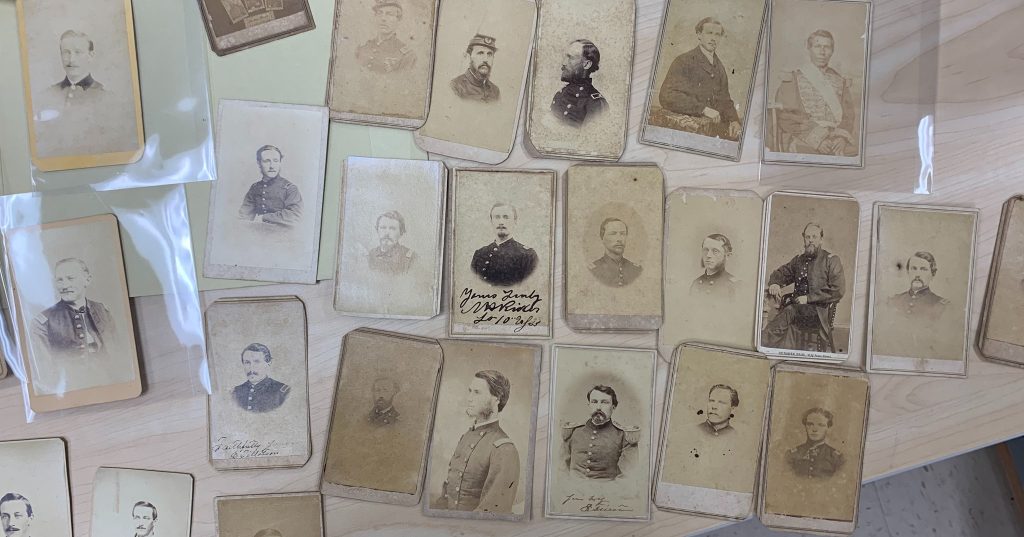
These items are invaluable. They document not only the Bluchers but also the growth and evolution of Corpus Christi through one family’s influence and perspective. While many people are excited about the written records, which are amazing, it is the photographs that truly capture what this family means to the area.
These photos show the family as they grow. We have very few images of Felix and Maria von Blucher, the original family members to settle the area but as the generations expanded and technology grew, so did the photographic documentation.
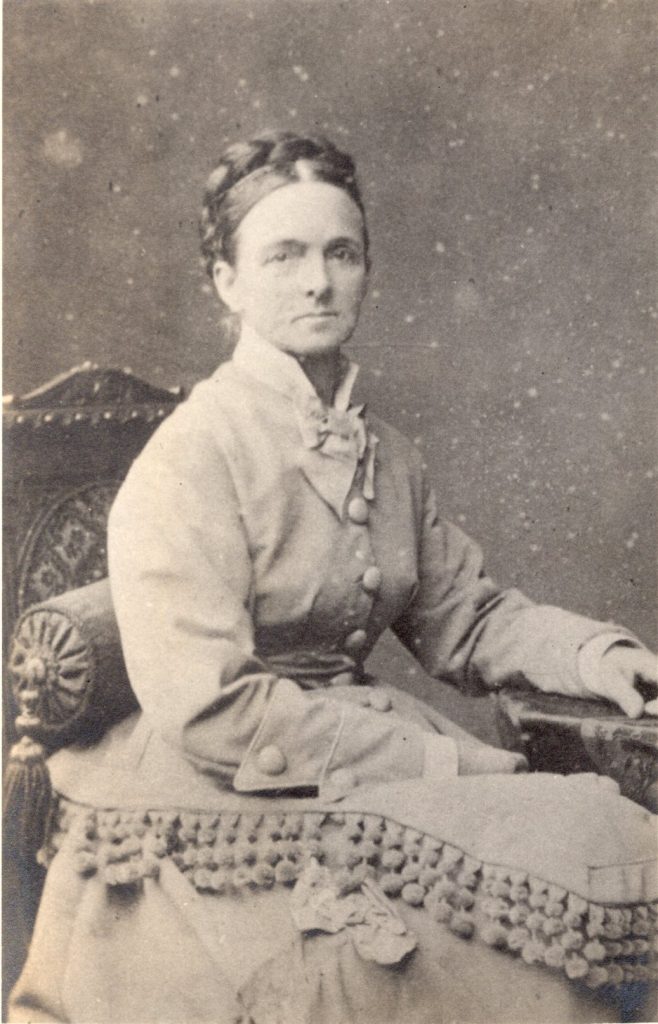
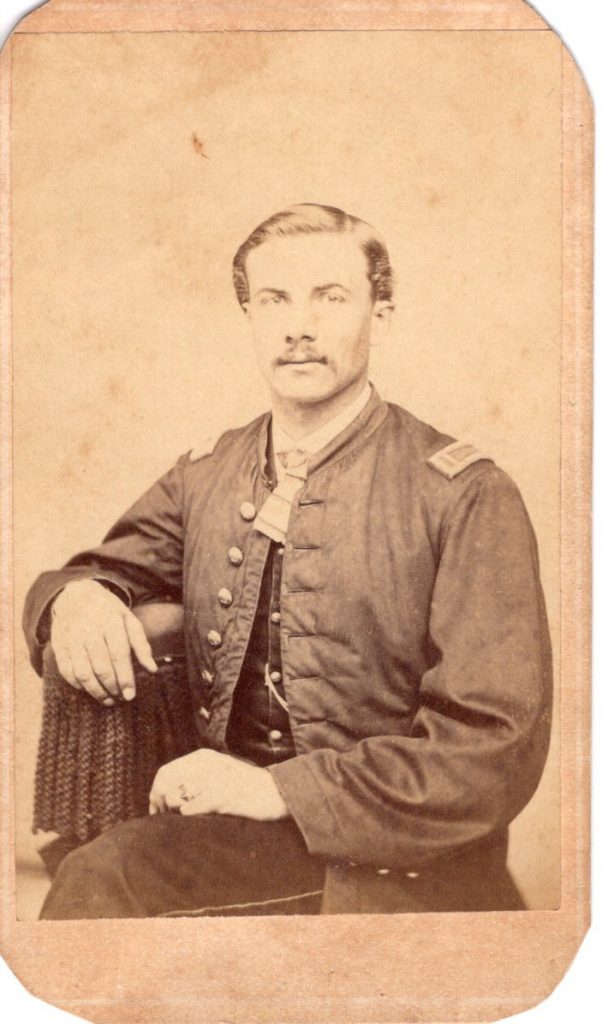
Felix and Maria settled in the area and had several children. This began the family’s legacy in the area, and we have photographs for each generation. The images give a more ‘real’ account in the researcher’s mind. They can see the individuals; they can connect to them in a way that the written work cannot. This family is important and prominent in the area, but I would not consider them famous. Those outside of the area might not even know the name. But they add to the historic discourse even without knowing their contributions.
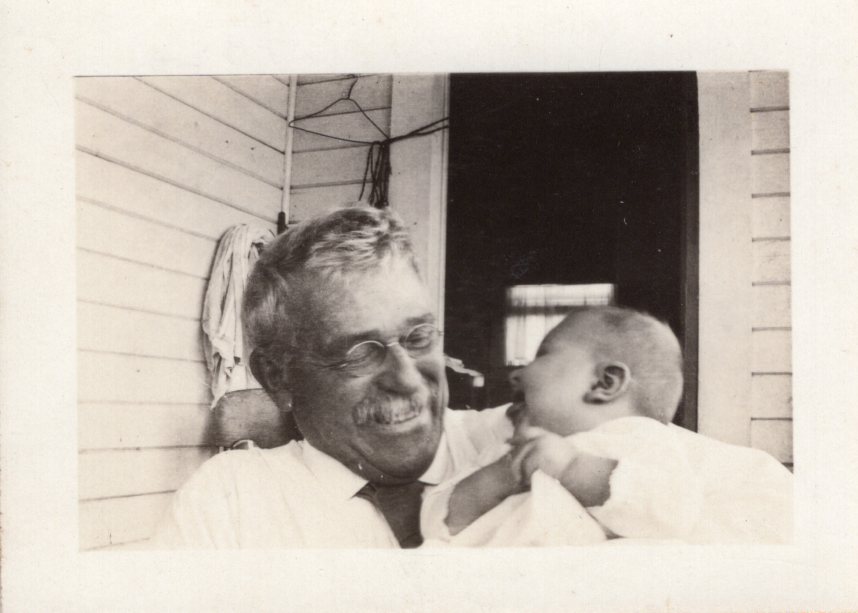
There are issues with photographs. First, they do require special housing and care so that they do not deteriorate. We keep them in mylar and always wear gloves when handling the photographs so that the oils from our fingers do not damage them.
Photographs are one of the most labor-intensive items in an archival collection. The care and handling are just one aspect. There is also capturing the metadata. While a written document will typically have the who, what, when, and how of the record, a photograph usually does not. This means in order to connect these images some investigation needs to be done. We try our best to identify individuals, place, and even eras that the image is from. But what happens when you just have a pile of photographs with nothing but what is on the image? Then it becomes important to describe it in a way to connect to known history.
While we may never truly capture all the metadata, we strive to obtain the most we can. A great example of this is in the Blucher collection. The Blucher’s lived on the Bluff in Corpus Christi in the early 1900s. We have photos of their houses, maps of their lands, and of course letters describing the area.
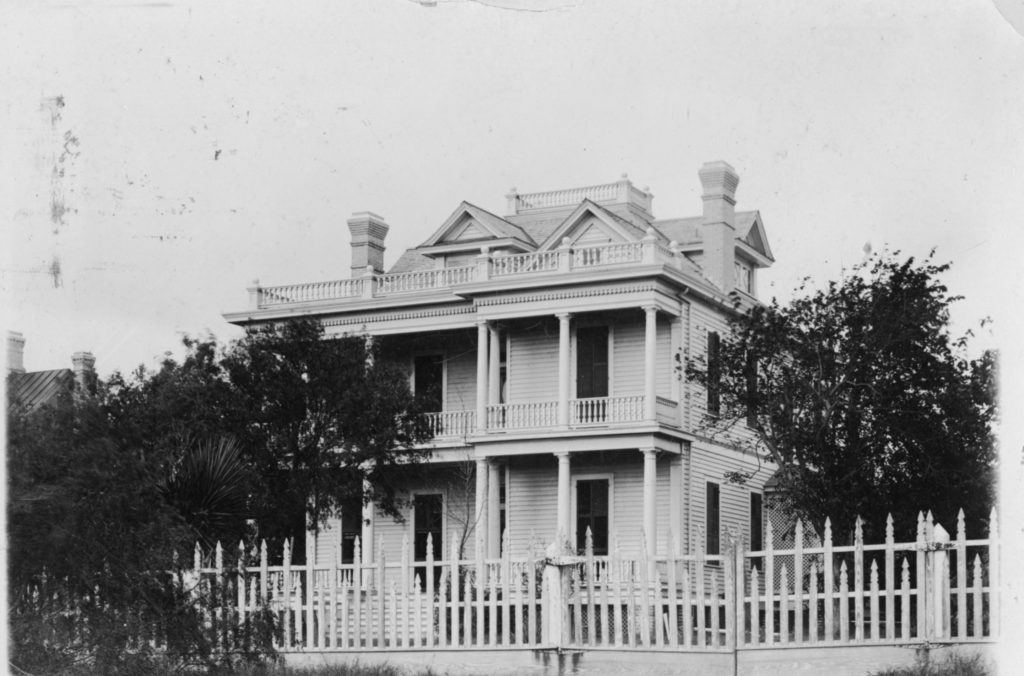
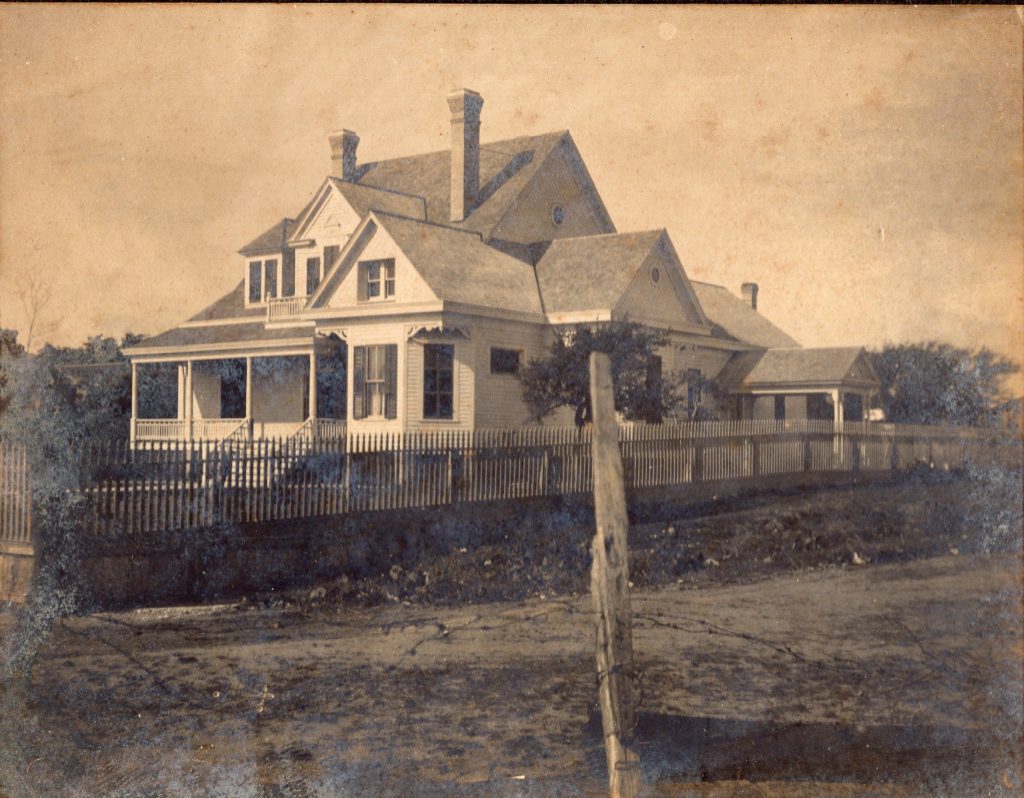
In the processing we found a pile of photographs of the building of a retaining wall. While many could recognize what this structure was, we used the items in the collection to build a contextual history. These images document the building of the Broadway Bluff Improvement Project. This was part of the “City Beautiful Movement” that was popular nationwide at the time. This project began in 1913, and the Blucher’s captured it as it went. Conrad Blucher, working as the City Engineer, oversaw this project. These images show something that the drawings could not capture.
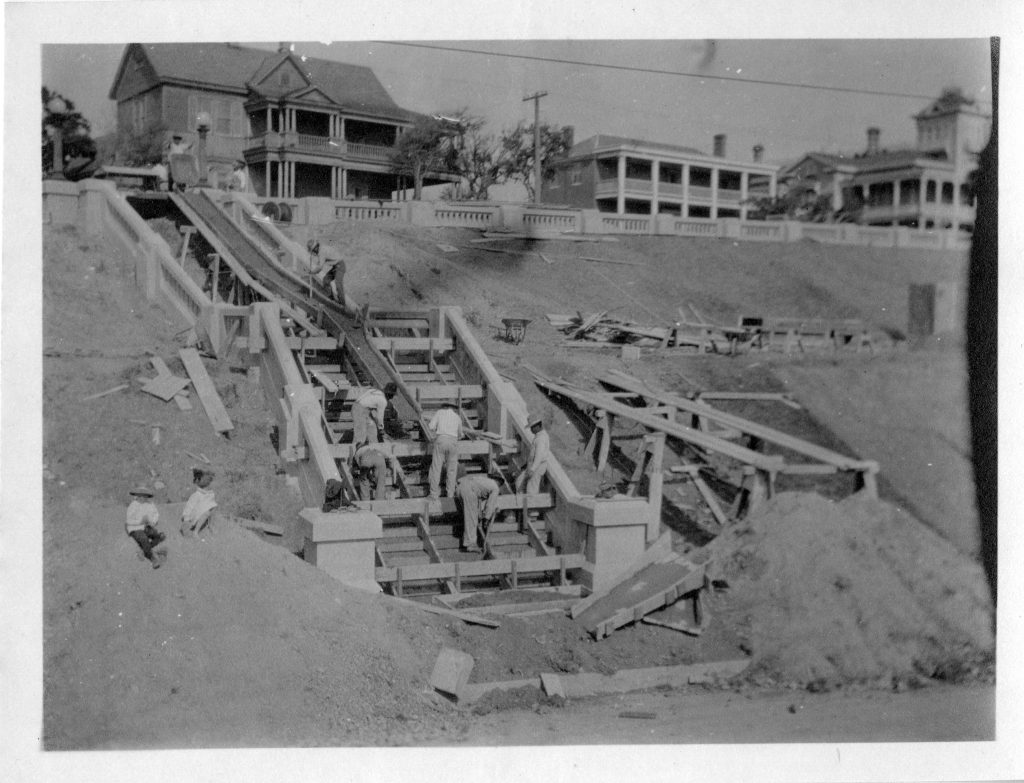
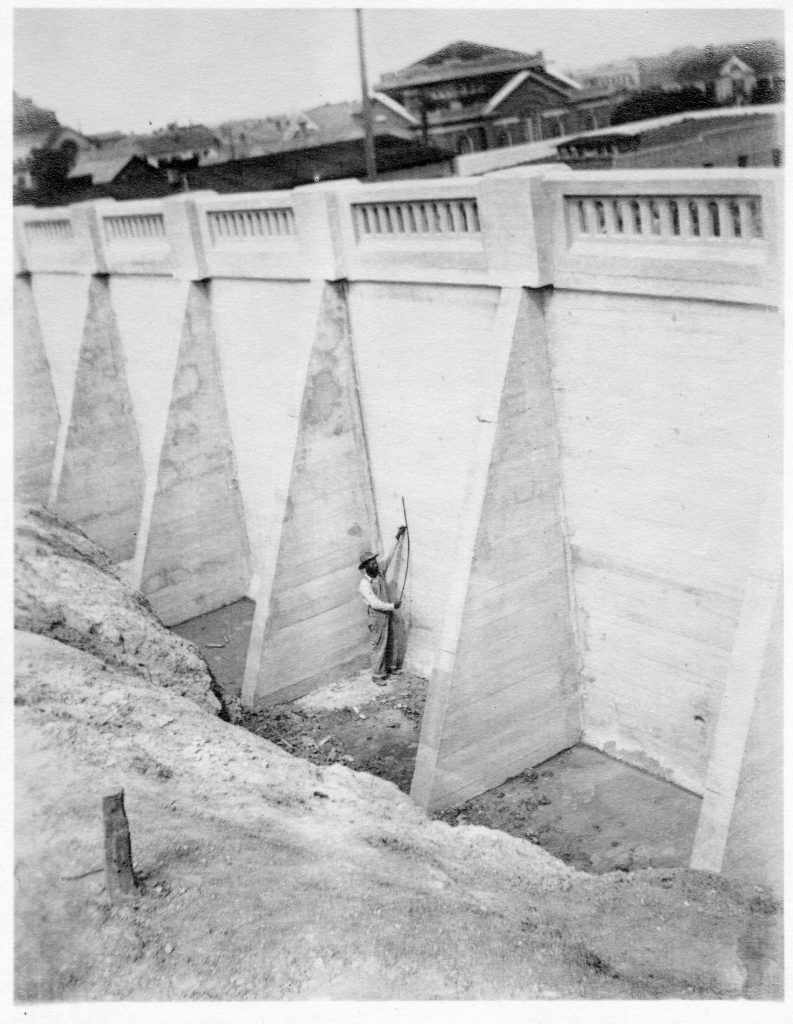
The next time you take a picture, think about how it could be used in the future. In this case, these photos are just a piece of the lasting legacy of the Bluchers. Through their eyes (these photographs) we can see the lived history of our area. Photographs capture what the written word cannot, they give us a human connection through our senses. We can almost feel history and that is something that is exciting even if you are not a historian. So, what does a photograph capture for you?
————————————————
